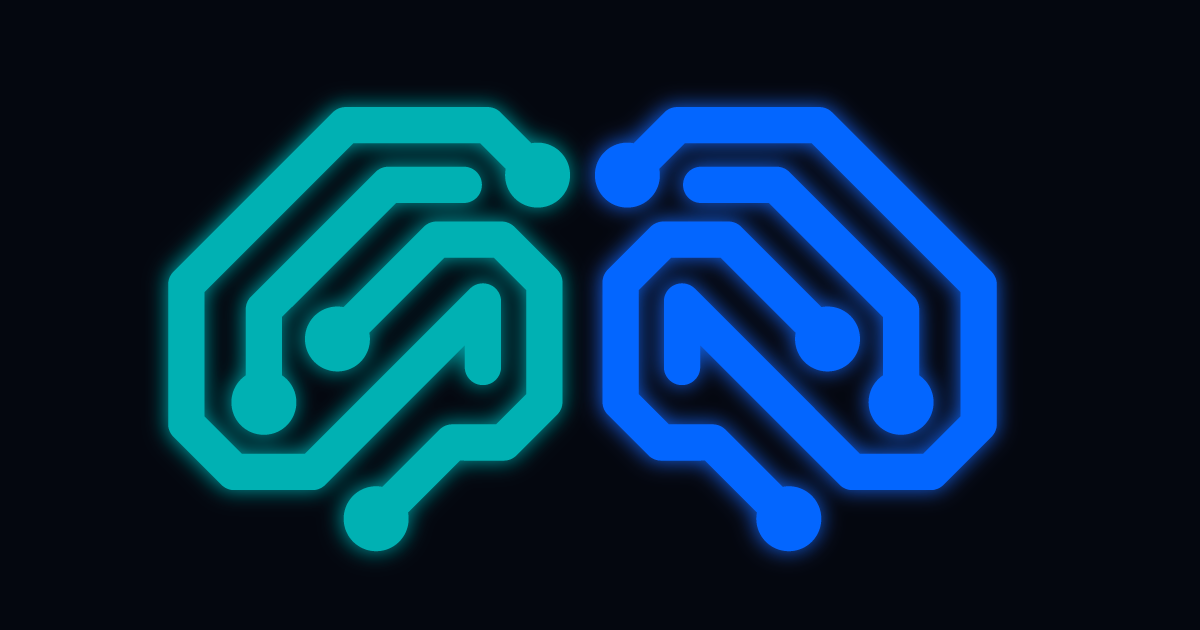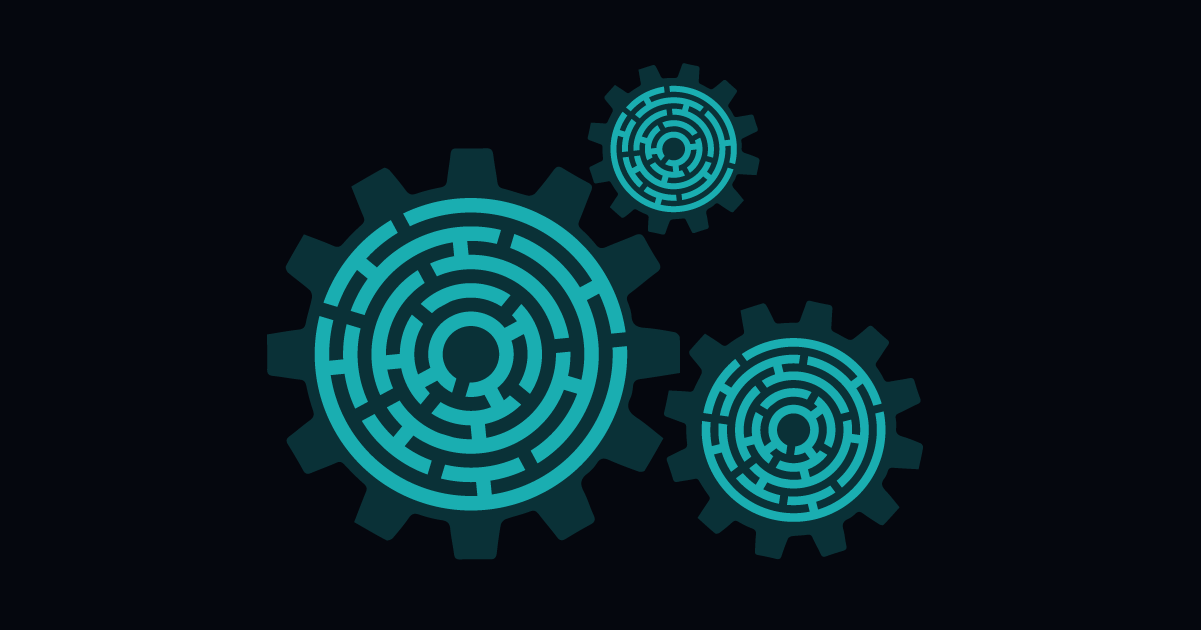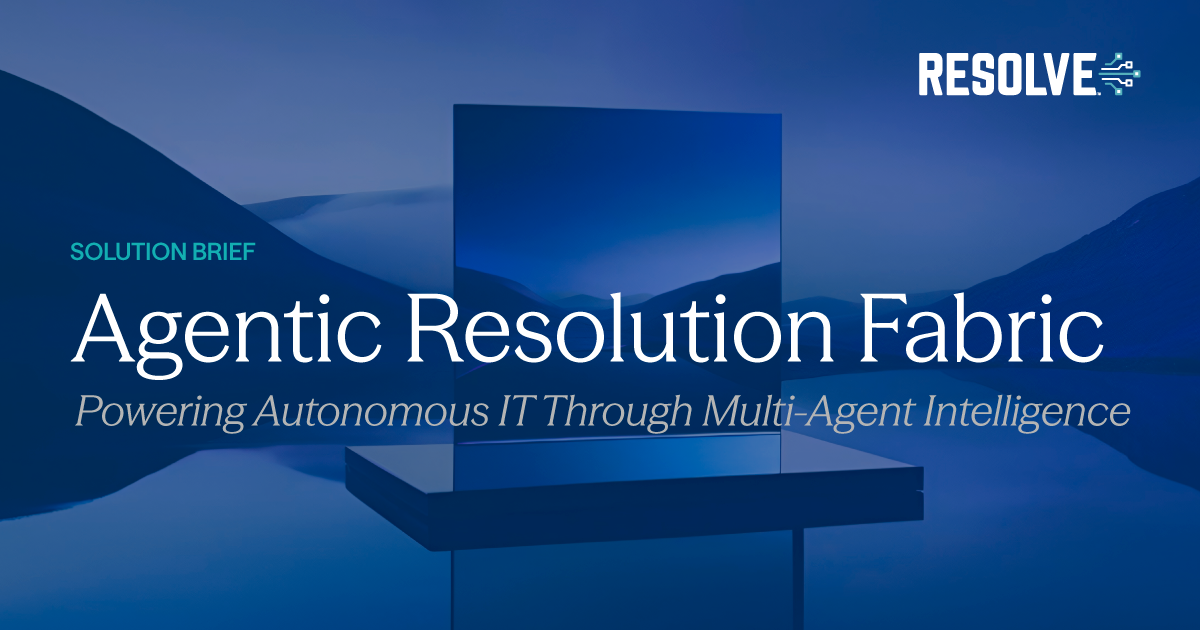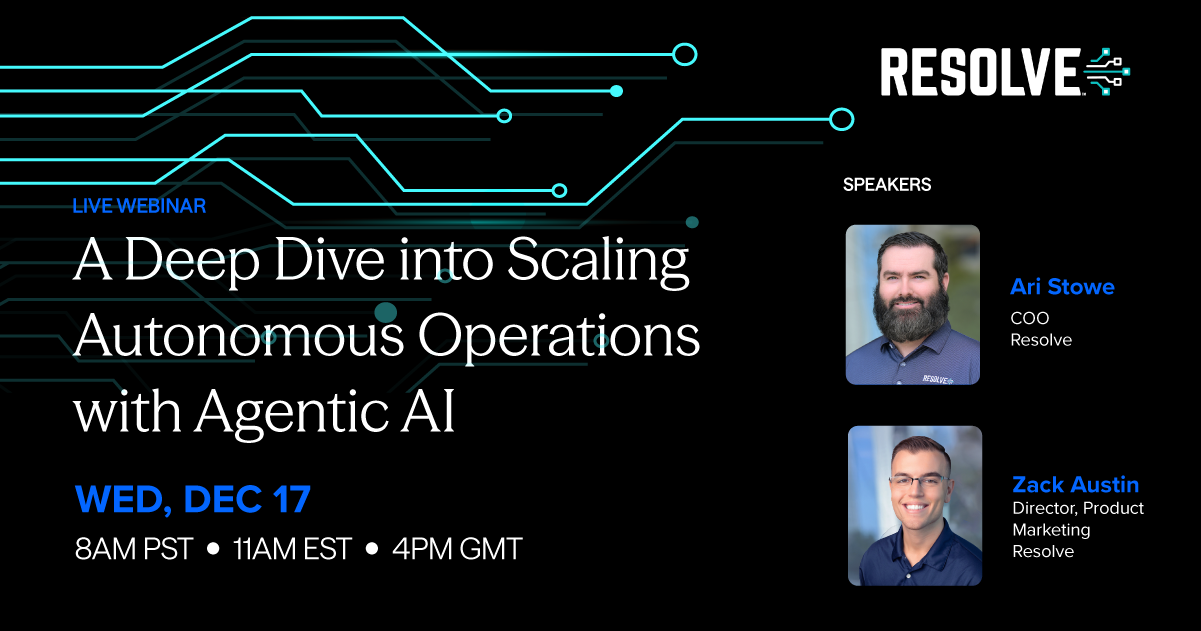
What Are SOAPs? De-Mystifying Service Orchestration and Automation Platforms
Subscribe to receive the latest content and invites to your inbox.
What Is a SOAP?
A Service Orchestration and Automation Platform brings together several core automation capabilities—workflow orchestration, workload scheduling, and resource provisioning—into a single, policy-driven platform. The goal is to provide end-to-end automation across hybrid infrastructure, applications, data pipelines, and services.
Unlike point tools that solve isolated problems, SOAPs are designed to operate across the entire technology stack, managing both IT and business workflows with consistency, auditability, and scale. They can trigger automations based on real-time events, execute recurring tasks, and integrate with dozens (or hundreds) of third-party systems.
The Role of Service Orchestration and Automation Platforms in IT Operations
As enterprise IT environments become more hybrid, distributed, and operationally complex, Infrastructure and Operations (I&O) leaders are under pressure to streamline service delivery, reduce ticket volumes, and improve agility. In this context, Service Orchestration and Automation Platforms—commonly known as SOAPs—have emerged as a critical enabler of modern automation strategies.
According to Gartner®, by the end of 2025, 80% of organizations engaged in workload automation will adopt SOAPs to manage workflows across both IT and business domains. This shift reflects a broader market recognition that legacy job schedulers, fragmented automation tools, and manual handoffs are no longer sustainable at enterprise scale.
SOAPs provide a centralized platform to automate complex processes, orchestrate actions across systems, and maintain visibility and governance across the automation landscape. They support both IT operations and business workflows, unifying automation efforts across domains to drive more efficient, resilient, and intelligent operations.
Why Traditional Automation Isn’t Enough
Many IT teams rely on scripts, RPA bots, or domain-specific automators to improve efficiency. While useful for addressing narrow challenges, these approaches often introduce new problems over time:
- Scripts lack scalability and are difficult to maintain
- Siloed automation tools create fragmented visibility
- Teams face challenges coordinating across domains
- Security, compliance, and governance are often inconsistent
The Orchestration Advantage
SOAPs address these challenges by introducing centralized orchestration. Instead of automating tasks in isolation, SOAPs manage entire processes—coordinating across tools, environments, and systems. This allows teams to respond more quickly to incidents, execute operations with confidence, and shift from reactive firefighting to proactive service delivery.
Key Features of a Service Orchestration and Automation Platform
Gartner identifies six foundational capabilities that define a modern SOAP:
- Application Workflow Orchestration: Design and manage workflows that span across applications and environments, both on-premises and cloud-based.
- Event-Driven Automation: Launch workflows in response to system events, alerts, or performance thresholds.
- Scheduling, Monitoring, and Alerting: Set recurring tasks, monitor execution, and receive alerts when workflows fail or thresholds are breached.
- Self-Service Automation: Empower developers, operators, or even business users to initiate automations through portals or low-code interfaces.
- Resource Provisioning: Automatically allocate, configure, or decommission infrastructure and cloud resources.
- Data Pipeline Management: Orchestrate ingestion, transformation, and movement of data between systems.
Enterprise-Ready Features in Modern SOAPs
Today’s SOAP platforms are expanding beyond the basics, offering a range of capabilities that support scalability, governance, and extensibility across the enterprise:
- Security and Compliance: Built-in controls such as role-based access, encryption, and audit logs support enterprise security standards and regulatory compliance.
- Low-Code/No-Code Workflow Builders: Visual or AI-enhanced editors enable faster workflow creation and reduce dependency on scripting skills.
- Integration with Third-Party Systems: SOAPs connect to ITSM platforms, observability tools, cloud environments, and DevOps pipelines through APIs and pre-built connectors.
- Data Transformation and Mapping: Transform, normalize, and enrich data to ensure compatibility between systems involved in a workflow.
- Monitoring and Analytics: Real-time dashboards and reporting help teams understand workflow performance, resource consumption, and areas for optimization.
- Scalability and Resilience: Platforms are designed to handle thousands of workflows concurrently across distributed environments, with failover and load-balancing built in.
How Service Orchestration and Automation Platforms Extend the Automation Ecosystem
Service orchestration and automation platforms are not designed to replace existing automation tools. They're built to unify and elevate them. Rather than operating in silos, these platforms coordinate across scripts, RPA bots, CI/CD pipelines, and infrastructure-as-code tools to drive cohesive, end-to-end processes.
By serving as a centralized orchestration layer, the platform bridges fragmented automation efforts across hybrid environments. It ensures that actions are not only executed, but done so in the right order, with the right context, and under the right policies—automatically validating outcomes, triggering downstream tasks, and logging every step for auditability.
Strategic Use Cases in Action
Modern IT operations teams rely on this orchestration layer to tackle critical challenges like:
- Automated incident resolution: From detection to diagnostics, remediation, and post-resolution updates—without manual intervention.
- Coordinated change management: With built-in rollback, testing, and compliance enforcement to minimize risk.
- Streamlined service request fulfillment: Handling everything from access provisioning to virtual machine spin-ups at scale.
- Closed-loop alert response: Integrating observability tools with ITSM systems and automated remediation to reduce noise and response times.
- Advanced "Day 2" network automation: Enabling policy-driven execution of config changes, firmware updates, and operational tasks.
Across each scenario, a SOAP delivers the consistency, speed, and control needed to move from reactive operations to proactive service delivery, making it a foundational layer in any intelligent automation strategy.
What to Look for in a SOAP Platform
As the market matures, evaluating SOAP vendors requires careful attention to scalability, interoperability, and extensibility. Key criteria include:
Cloud-Native and Hybrid Support
Ensure the platform can orchestrate across on-prem, multi-cloud, containerized, and SaaS environments.
Robust Integrations
Look for a rich catalog of pre-built connectors as well as open APIs for custom integrations.
Enterprise Scalability
The platform should support parallel workflow execution and dynamic scaling under load.
AI-Enabled and Low-Code Workflow Design
Visual builders and AI-assisted tooling reduce barriers to adoption—empowering teams to create, deploy, and adapt workflows rapidly without deep scripting expertise.
Built-In Governance and Compliance
Role-based access controls, audit trails, encryption, and policy enforcement should be embedded directly into workflow execution to ensure trust, traceability, and compliance.
Strategic Vision and Innovation Trajectory
The SOAP vendor should be investing in AI, observability integration, and support for modern operations use cases to deliver sustained value.
The Strategic Role of SOAPs in IT Transformation
Digital transformation isn’t just about adopting new tools—it’s about changing how work gets done. SOAPs provide the orchestration backbone to enable:
- Rapid response to infrastructure or service issues
- Proactive IT operations through event-driven workflows
- Reduced ticket volumes and faster mean time to resolution (MTTR)
- Standardized processes with auditability and compliance baked in
Organizations adopting SOAPs report improved agility, greater operational transparency, and measurable cost reductions as automation becomes more intelligent and connected.
Resolve: A Leading Service Orchestration and Automation Platform
Resolve Systems is a recognized Visionary in the Gartner® Magic Quadrant™ for Service Orchestration and Automation Platforms.
In contrast to legacy schedulers, a service orchestration and automation platform like Resolve enables agentic, autonomous resolution of tickets—accelerating mean time to resolution and reducing operational noise by up to 90%.
Resolve delivers:
- A scalable orchestration platform with out-of-the-box integrations to ITSM, monitoring, cloud, and infrastructure tools
- Visual workflow design tools for rapid automation development
- Enterprise-grade security and compliance standards
- Automation libraries and solution blueprints for common use cases
- ROI dashboards and analytics to track automation value and identify new opportunities
Whether you’re automating response to a flood of alerts, orchestrating service request fulfillment, or integrating fragmented tools into cohesive workflows, Resolve provides the control, visibility, and extensibility required to succeed.
Ready to See What the Right SOAP Can Do for You?
The shift from fragmented automation to intelligent orchestration is well underway. SOAPs are the foundation for this transformation—helping IT teams reduce overhead, respond faster, and operate with greater precision.
Resolve can help you accelerate that journey. Schedule a custom demo.
Frequently Asked Questions about Service Orchestration and Automation Platforms
- What is a service orchestration and automation platform (SOAP)?
A SOAP is an IT platform that automates and orchestrates workflows across systems, tools, and environments to streamline operations. - How is a SOAP different from traditional workload automation tools?
Traditional tools focus on isolated task automation. SOAPs offer end-to-end orchestration, event-driven actions, and integration across ITSM, monitoring, and cloud platforms. - Why are service orchestration and automation platforms important for IT?
They reduce manual effort, improve response times, ensure governance, and support proactive operations in hybrid IT environments. - What types of tasks can a SOAP automate?
Incident resolution, service requests, change management, data pipelines, cloud provisioning, and more.






